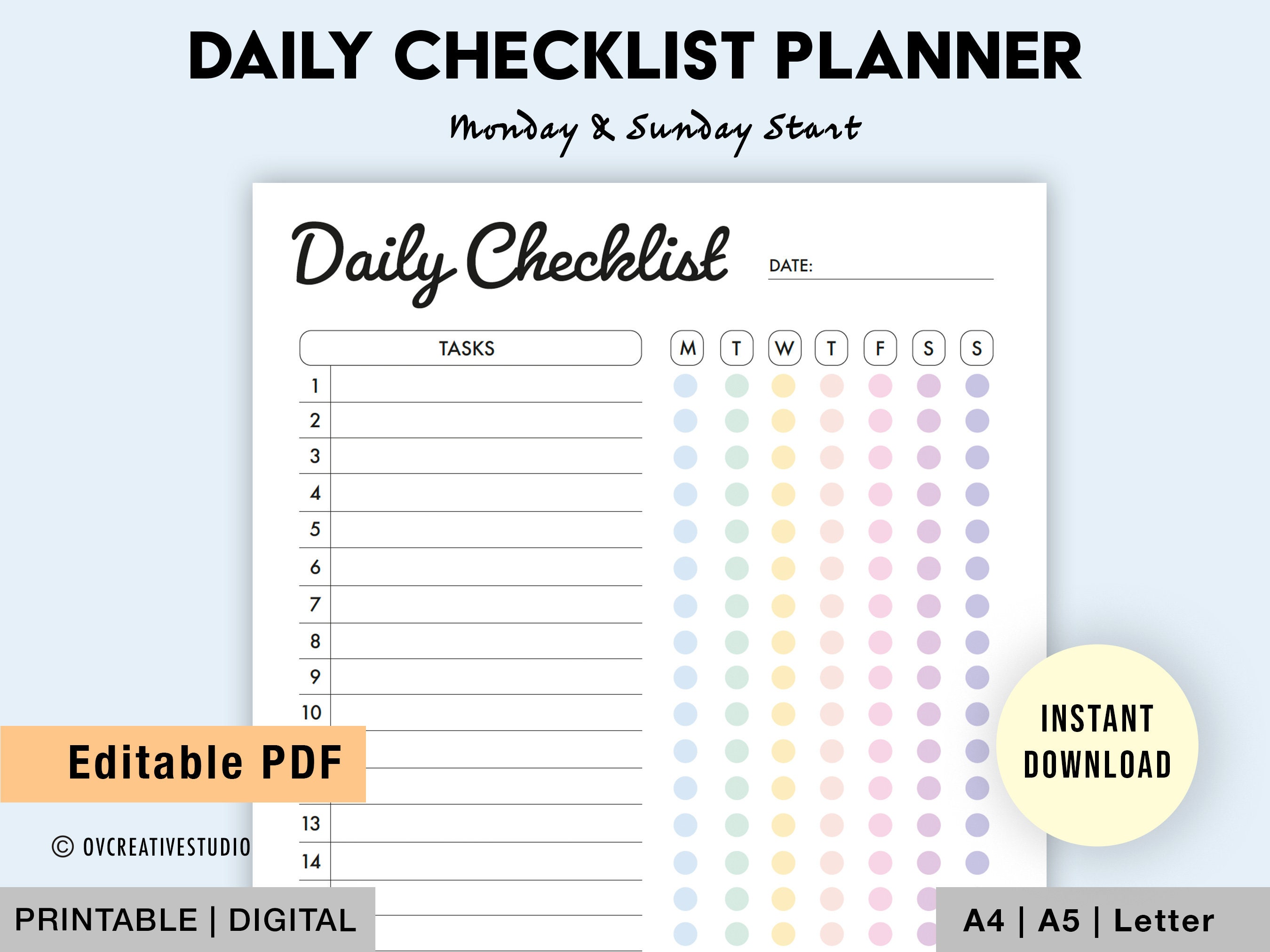
Daily Investing Doodles: A Creative Path to Financial Literacy
Investing can often feel like a complex and daunting world filled with jargon, numbers, and risks. It’s easy to get overwhelmed, leading to inaction or misguided decisions. But what if you could make the journey of understanding and engaging with investing more accessible, engaging, and even fun? Enter the world of "Investing Doodles."
Daily investing doodles are quick, visual representations of investment concepts, strategies, or market trends. They’re not meant to be perfect works of art but rather simple, easily digestible illustrations that help you grasp key financial principles. They can range from simple sketches to colorful diagrams, and the act of creating them can significantly boost your financial literacy and confidence.
Why Doodles? The Power of Visual Learning
Our brains are wired to process visual information more efficiently than text alone. Doodles leverage this natural inclination, making complex concepts easier to understand and remember. Here’s why they’re effective:
- Enhanced Memory: Visuals create stronger neural connections, improving information retention.
- Simplified Complexity: Doodles break down complicated ideas into bite-sized, manageable chunks.
- Increased Engagement: The act of drawing activates different parts of the brain, making learning more active and enjoyable.
- Personalization: Doodles allow you to interpret and represent information in your own way, making it more meaningful.
- Creative Expression: Unleashing your creativity can make learning less intimidating and more rewarding.
Doodle Ideas to Spark Your Investing Journey
Here are some daily investing doodle ideas to get you started, categorized by theme:
1. Basic Investing Concepts:
- Asset Allocation Pie Chart: Draw a circle and divide it into segments representing different asset classes (stocks, bonds, real estate, etc.). Label each segment with the asset class name and the percentage of your portfolio it should represent.
- Compound Interest Snowball: Draw a small snowball rolling down a hill, gradually getting bigger and bigger. Label it "Compound Interest" to visualize how your investments grow over time.
- Risk vs. Return Seesaw: Draw a seesaw with "Risk" on one side and "Return" on the other. Illustrate how higher potential returns often come with higher risks.
- Diversification Umbrella: Draw an umbrella with different assets underneath it, protecting your portfolio from market storms.
- Dollar-Cost Averaging Steps: Draw a series of steps going down, each step representing a regular investment at different price points. Show how this strategy can smooth out market volatility.
2. Investment Vehicles:
- Stock Market Graph: Draw a simple stock market graph with fluctuating lines. Label key points like "Bull Market," "Bear Market," and "Correction."
- Bond Ladder: Draw a ladder with each rung representing a bond with a different maturity date. This illustrates how to stagger bond investments for consistent income.
- Real Estate House: Draw a house with a dollar sign on it to represent real estate investing. Label it with potential benefits like rental income and appreciation.
- Mutual Fund Container: Draw a container filled with different types of assets to represent a mutual fund.
- ETF (Exchange-Traded Fund) Arrows: Draw arrows pointing in different directions, each representing a different stock or asset within an ETF.
3. Market Trends and Economic Indicators:
- Inflation Balloon: Draw a balloon getting bigger and bigger, representing inflation. Show how it erodes the purchasing power of your money.
- Interest Rate Thermometer: Draw a thermometer with rising and falling levels to represent interest rate changes and their impact on borrowing and saving.
- GDP Growth Chart: Draw a bar graph showing the growth of the Gross Domestic Product (GDP) over time.
- Unemployment Rate People: Draw a group of people, with a few of them shaded in gray to represent the unemployment rate.
- Consumer Confidence Smiling/Frowning Faces: Draw a mix of smiling and frowning faces to represent consumer confidence levels.
4. Personal Finance and Budgeting:
- Budgeting Tree: Draw a tree with branches representing different expense categories (housing, food, transportation, etc.).
- Savings Jar: Draw a jar with coins and bills inside, labeled "Savings."
- Debt Mountain: Draw a mountain representing debt, with a climber struggling to reach the top.
- Financial Goals Map: Draw a map with landmarks representing your financial goals (e.g., buying a house, retirement).
- Emergency Fund Life Raft: Draw a life raft labeled "Emergency Fund" to represent financial security in times of crisis.
5. Investing Strategies:
- Value Investing Magnifying Glass: Draw a magnifying glass over a stock chart, representing the search for undervalued companies.
- Growth Investing Rocket: Draw a rocket taking off, representing high-growth potential stocks.
- Dividend Investing Tree: Draw a tree bearing fruit (dividends), representing a steady income stream from dividend-paying stocks.
- Passive Investing Turtle: Draw a turtle slowly and steadily moving forward, representing a long-term, low-cost passive investing approach.
- Active Investing Cheetah: Draw a cheetah running fast, representing an active investing approach that aims to outperform the market.
Tips for Effective Investing Doodles
- Keep it Simple: Don’t aim for perfection. Focus on conveying the core concept clearly.
- Use Colors: Colors can make your doodles more engaging and memorable.
- Label Everything: Clearly label each element of your doodle to reinforce your understanding.
- Be Consistent: Try to doodle every day, even if it’s just for a few minutes.
- Review and Reflect: Regularly review your doodles to reinforce your learning.
- Share and Discuss: Share your doodles with friends or family and discuss the concepts they represent.
Tools and Resources
- Basic Supplies: All you need is a pen, paper, and some colored pencils or markers.
- Online Resources: Websites like Investopedia, Khan Academy, and The Motley Fool offer valuable information on investing.
- Financial Books and Blogs: Many books and blogs cover investing topics in an accessible and engaging way.
- Investing Communities: Join online or offline communities to connect with other investors and share your doodles and insights.
Beyond Doodles: Taking Action
Doodles are a fantastic tool for learning, but they’re just the first step. Once you have a solid understanding of investing concepts, it’s time to take action:
- Set Financial Goals: Define your short-term and long-term financial goals.
- Create a Budget: Track your income and expenses to identify areas where you can save more.
- Open an Investment Account: Choose a brokerage account that suits your needs and risk tolerance.
- Start Investing: Invest a small amount of money regularly, even if it’s just a few dollars.
- Monitor Your Portfolio: Track your investments and make adjustments as needed.
- Seek Professional Advice: Consider consulting with a financial advisor for personalized guidance.
Conclusion
Daily investing doodles offer a creative and effective way to boost your financial literacy and confidence. By visualizing complex concepts, you can make learning more engaging, memorable, and fun. So grab a pen and paper, unleash your creativity, and start doodling your way to a brighter financial future! Remember, the journey of a thousand miles begins with a single doodle.



